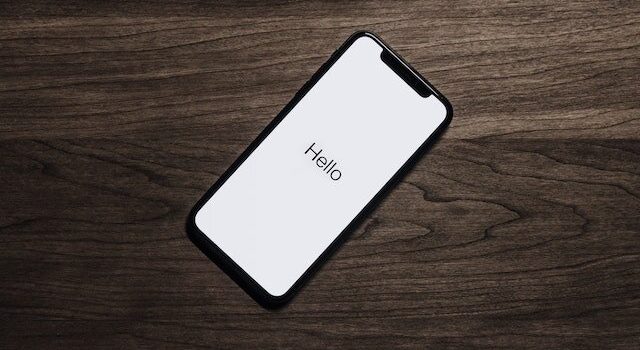
Introduction
Early access to untested app functionalities is provided by beta software. Beta trials offer an opportunity for thrilling experiences but also raise red flags regarding personal information protection. Beta participants must understand how developer gathers and utilizes information. Don’t overlook privacy during beta testing. Our article guides you through the essentials.
1. Data Collection and Consent
Beta testing yields diverse data for issue identification and solution implementation. Data may range from device specs, crash reports, app usage metrics, and user input. Reviewing these documents can aid in appreciating the app’s data handling methods. Beta testing involves accepting the data collection methods outlined by the developer.

2. Anonymization and Aggregation
Privacy protection requires anonymizing and combining data when feasible. Personally identifiable information removal in data collection maintains user anonymity. Grouping user data allows for anonymous analysis.

3. Limited Testing Environment
Tightening the safety of confidential information during the evaluation of beta software is pivotal. Software developers must preclude the beta iteration from accessing sensitive user information, including financial data or personal files.
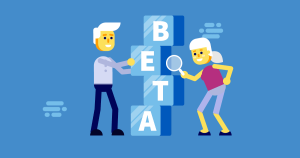
4. Data Retention Policies
Beta testers must be privy to developer data storage guidelines. The app’s testing-phase data can only be retained as required for issue correction and improvement. When the testing phase concludes, eliminate any unnecessary data securely.
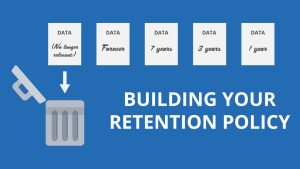
5. Opting Out of Data Collection
Beta testers must have the choice to desist from providing data if they wish to do so. Software creators must prioritize user preferences and design apps that continue operating without data accumulation.
6. Security Measures
Software developers should incorporate robust security protocols to safeguard gathered information from unlawful entry or violations. Transmitted and stored data is encrypted for maximum protection, and secure authentication protocols are utilized.
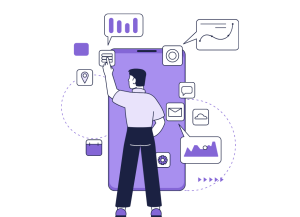
7. Communication Channels
Direct interaction between developers and testers helps maintain confidentiality. A straightforward method for users to report privacy concerns and query data usage is indispensable.
8. Data Sharing with Third Parties
Third-party service or partner collaboration requires user notification. Beta testing transparency regarding data sharing guarantees user awareness of data utilization.
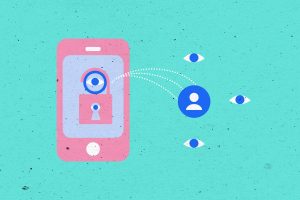
Conclusion
For those eager to collaborate on app development, beta testing offers a chance to experience the satisfaction of influencing the final product. Vigilance regarding privacy protection is necessary during the testing process. ,by familiarizing themselves with data accumulation techniques, granting informed authorization, and continuously learning about protection strategies, users may savor a relaxed and secure beta testing experience., Throughout the testing phase, developers must prioritize user data protection by implementing robust measures.








